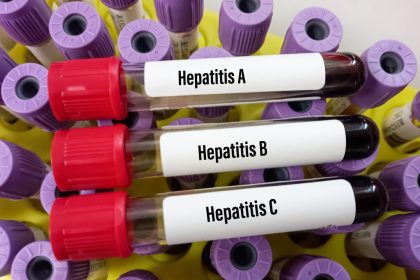Smoking and vaping have become prevalent habits, globally impacting millions of people. While both activities are often seen as means to relax or socialize, their effects on lung health are significant and potentially devastating. Understanding how smoking and vaping impact your lungs is crucial for making informed decisions about your health. In this article, we will explore the various ways these habits affect lung function, increase the risk of diseases, and what you can do to protect your respiratory health.
The mechanics of smoking and vaping
Smoking and vaping involve inhaling substances into the lungs, but the mechanics of how they work differ significantly. Smoking involves burning tobacco and inhaling the resultant smoke, which contains numerous harmful chemicals. Vaping, on the other hand, involves heating a liquid (often containing nicotine) to create an aerosol, which is then inhaled. Both methods deliver nicotine to the body, but they also introduce other harmful substances into the lungs.
Chemicals in cigarettes and e-cigarettes
Cigarettes contain thousands of chemicals, many of which are toxic and carcinogenic. These include tar, carbon monoxide, formaldehyde, and benzene. E-cigarettes are marketed as a safer alternative, but they are not without risks. The aerosol from e-cigarettes contains nicotine, propylene glycol, glycerin, flavorings, and other chemicals, some of which can be harmful when inhaled.
Immediate effects on the lungs
Both smoking and vaping cause immediate changes in lung function. Smoking leads to the inflammation and narrowing of the airways, reducing lung capacity and making breathing more difficult. Vaping, although often perceived as less harmful, also causes airway inflammation and can lead to similar reductions in lung function. Users of both products often experience coughing, wheezing, and shortness of breath.
Long-term effects on lung health
The long-term effects of smoking on the lungs are well-documented. Chronic obstructive pulmonary disease (COPD), lung cancer, and chronic bronchitis are common among smokers. Vaping is a relatively new phenomenon, so long-term data is limited. However, early studies suggest that long-term vaping can lead to chronic lung diseases similar to those caused by smoking, including COPD and a condition known as “popcorn lung” (bronchiolitis obliterans).
Risk of respiratory infections
Both smoking and vaping compromise the immune system, making the lungs more susceptible to infections. Smokers and vapers are at a higher risk of developing respiratory infections such as pneumonia and bronchitis. The chemicals in tobacco smoke and e-cigarette aerosol impair the cilia in the lungs, which are responsible for clearing out mucus and pathogens. This impairment makes it easier for bacteria and viruses to infect the lungs.
Impact on young people and adolescents
The impact of smoking and vaping on young people is particularly concerning. Adolescents’ lungs are still developing, making them more vulnerable to the harmful effects of these substances. Early exposure to nicotine can also lead to addiction and influence brain development. The rising popularity of vaping among teenagers is alarming, as it can set the stage for a lifetime of respiratory issues and addiction.
Strategies for quitting smoking and vaping
Quitting smoking and vaping is one of the best decisions you can make for your lung health. Several strategies can help you quit, including nicotine replacement therapy (NRT), prescription medications, counseling, and support groups. It’s essential to find a method that works for you and to seek support from healthcare professionals, friends, and family.
Conclusion
In conclusion, both smoking and vaping pose significant risks to lung health. The immediate effects include reduced lung function, airway inflammation, and increased susceptibility to respiratory infections. Over time, the damage becomes more pronounced, leading to chronic diseases such as chronic obstructive pulmonary disease (COPD), lung cancer, and chronic bronchitis in smokers. Vaping, while often marketed as a safer alternative, is not without its dangers. Emerging research suggests that long-term vaping can also lead to serious lung conditions, including a disease known as “popcorn lung,” and other chronic respiratory issues.
Young people are especially vulnerable to these risks. Adolescents’ lungs are still developing, making them more susceptible to the harmful effects of nicotine and other chemicals found in cigarettes and e-cigarettes. Early exposure to these substances can lead to addiction and long-term health problems, affecting their overall quality of life.
Addressing smoking and vaping habits early is crucial for preventing these adverse health outcomes. By understanding the dangers associated with these activities and taking proactive steps to quit, individuals can protect their lung health and enhance their overall well-being. Support from healthcare professionals, friends, and family can make the quitting process more manageable. Remember, it’s never too late to make a positive change. Quitting smoking or vaping can lead to significant improvements in respiratory health and a better quality of life.
This story was created using AI technology.
















